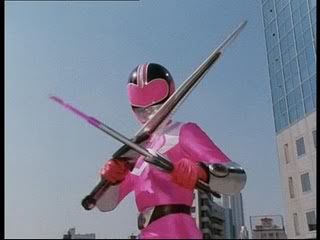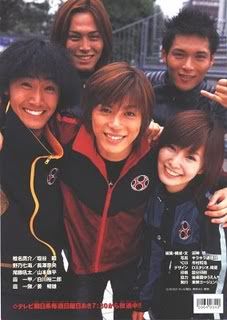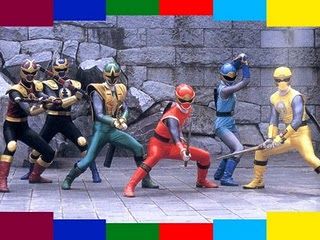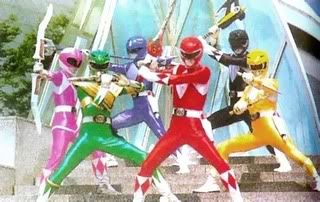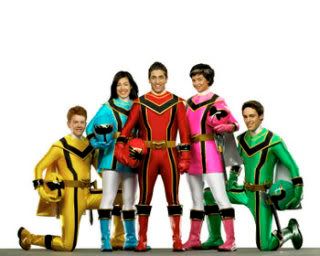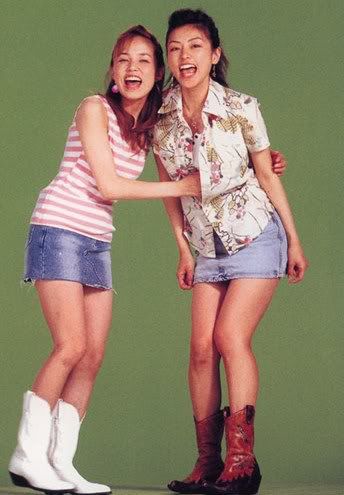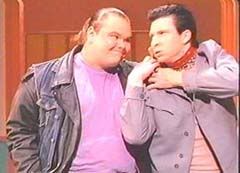Inspired by Sean Akizuki's blog entry, Sentai Seasons Labeled as Dark Seasons, so I decided to do one for dark seasons of Power Rangers.
MMPR S2
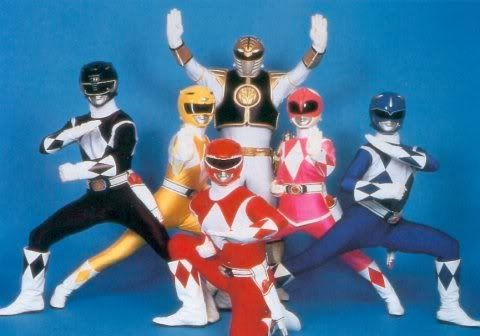
MMPR S2 started out as a dark season. At least, that's the direction it looked like it was going during the first 10-15 episodes. Season 2 had a very dark villain, Lord Zedd (who had a dark theme song as well), and when the green ranger powers slowly drained away it seemed like the rangers were heading for defeat. However, the tone shifted during the second half of the season and became much lighter as the season went along. This was due to the white ranger saga, the cast change, and the villain decay of Lord Zedd from his dark nature to a more comical character. This was due to parents complaining that Lord Zedd was too scary for children. By the end, season 2 wasn't that dark at all.
Power Rangers Turbo

Power Rangers Turbo originally tried to be dark. Head writer Douglass Sloan originally wanted Turbo to be a dark, apocalyptic season. However, Turbo failed miserably due to poor handling of the Carranger footage, which Carranger was a light hearted Sentai known for slapstick comedy. Another reason why the writers failed to make Turbo a dark season was due to having some very poor villains during this season.
Power Rangers In Space

Some fans consider Power Rangers In Space to be a dark season due to some of the story elements such as the Psycho Rangers, Astronema, the main villain, being Andros the red ranger's sister, the capture of Zordon, and the fact that all the villains from the previous seasons have formed an alliance which will attempt to take over the universe. This season also featured an apocalyptic final battle, Countdown to Destruction, and the first good-side casualty ever, with the death of Zordon. Some of the villains during In Space were very dark, such as Darconda and Dark Spector. This is a season that I would consider to be semi-dark. There are some dark elements to In Space, but some of the seasons that follow will be much darker.
Power Rangers Lost Galaxy

Lost Galaxy IMO is definitely a season that is very dark. This season had the Magna Defender, who was morally questionable, as well as a dark main villain in Trakeena. This season also had a higher death count than its Sentai counterpart, Gingaman, and arguably the highest death count ever for a Power Rangers series (that is if you don't count all the off screen deaths in SPD and RPM). It was also the first and arguably the only PR season to feature the death of a ranger, Kendrix, when she sacrificed herself in the team up with In Space to save Cassie.
Power Rangers Time Force
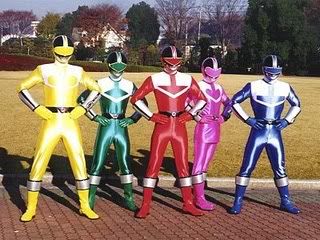
At the time that Time Force aired it was easily the darkest season ever of Power Rangers. Like MMPR S2, it had a very dark lead villain, Ransik. It also featured dark elements such as death, terrorism, and destruction. It also is arguably the second Power Ranger season to involve the death of a ranger, Alex, but that depends on what story you believe and if it really counts as a death. The latter half of the season, however, had to be toned down due to the 9/11 terrorist attacks that happened while this series was airing.
Power Rangers Wild Force
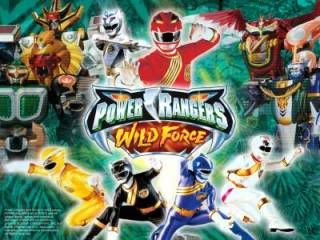
Some fans consider Wild Force to be a dark season. It involved a story of war, as well as the death of Cole's parents. Wild Force was also the first and so far only season to feature the death of a child on-screen. However, I don't consider this season to be that dark. I compare it to Zyuranger, having some dark elements but overall being rather cheesy and kiddy. Wild Force had some lighthearted themes such as the story of Animarium being read through a childrens book and having a narrator.
Power Rangers Dino Thunder
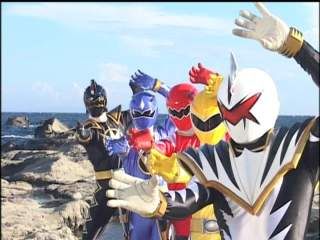
Dino Thunder as I see it wasn't really a dark season, but it had a few dark elements such as a dark lead villain, Mesogog, the story of Anton Mercer's failed experiment that turned him into a split personality with Mesogog (and being Trent's father), as well as Zeltrax being a former colleague of Tommy's who wanted revenge.
Power Rangers SPD

SPD is another season that like Dino Thunder isn't really that dark but does deserve mentioning because it has a few dark elements. These elements includes the murder of Sky's father who was a former power ranger, and Doggie Crugar's home planet being destroyed and his wife being kidnapped.
Power Rangers RPM

RPM is easily the darkest Power Rangers season ever and even darker than most Sentai seasons. RPM succeeded where Turbo failed. RPM turned a lighthearted, comical Sentai series (Go-Onger) into a very dark Power Rangers series. To do this, RPM used less Sentai footage than perhaps any season since MMPR S3, and had a very dark story that was lacking in Turbo. RPM is set in a post-apocalyptic world where the villains have won and the last bastion of free humanity lies in the domed city of Corinth. This season has several flashback episodes that involve death and the events of what was happening during the war with Venjix.

